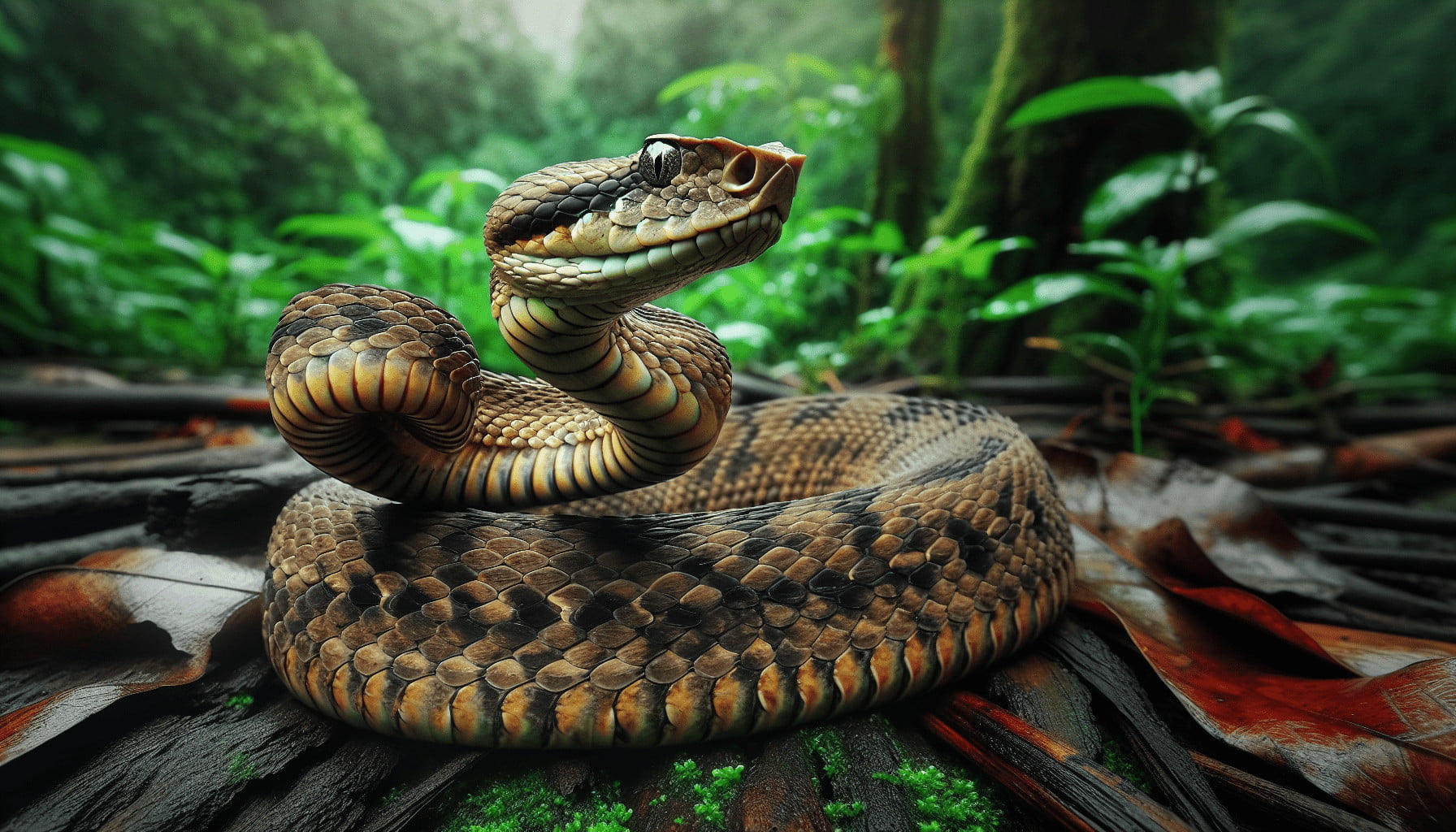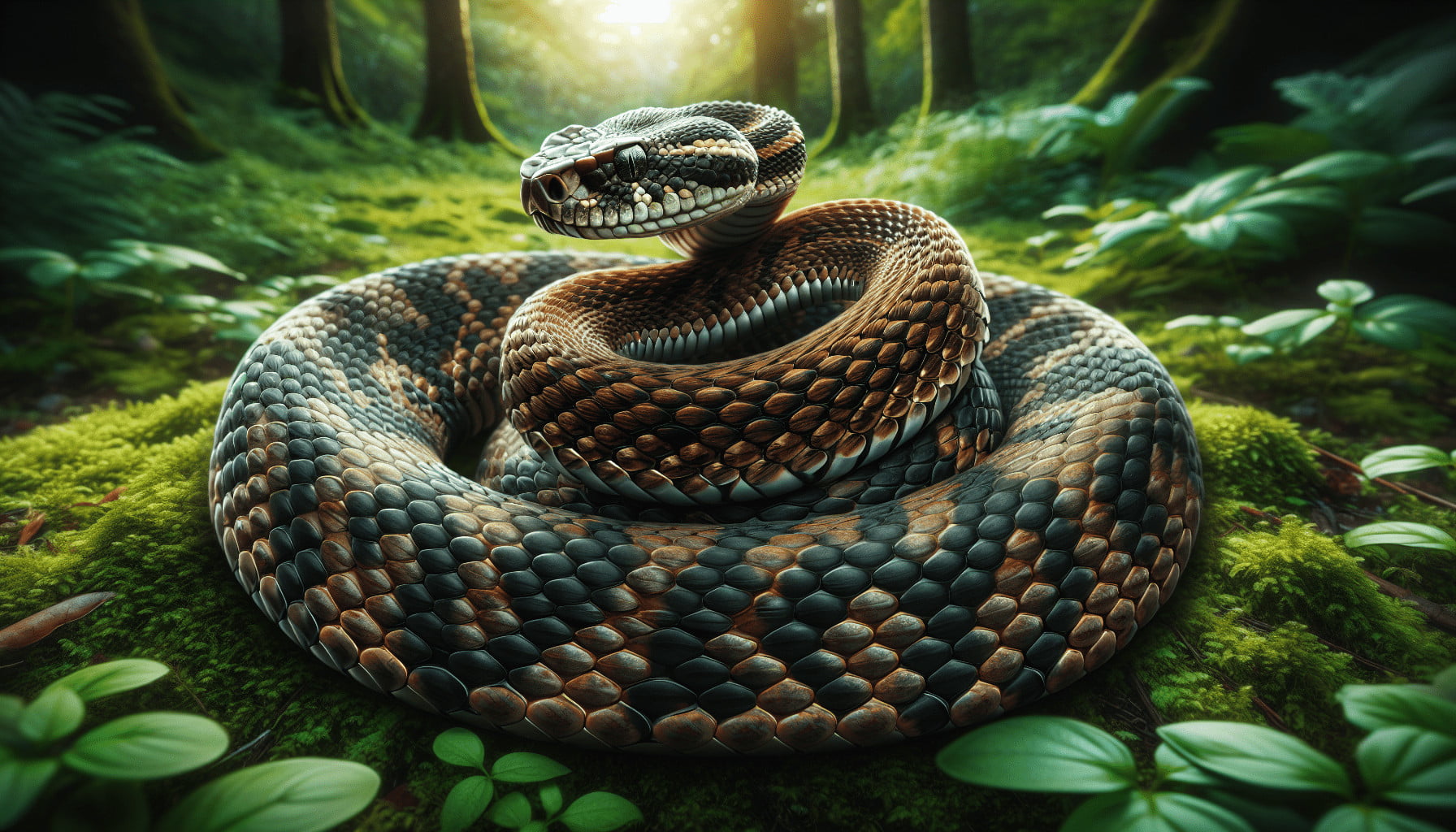When you’re out enjoying a hike or camping in the great outdoors, the last thing you want is an unexpected run-in with a venomous snake. But if it happens, it’s crucial to stay calm and know exactly how to respond. In this guide, “What To Do If You Encounter A Venomous Snake In The Wild,” you’ll learn practical steps to handle such a situation safely, from recognizing signs of a venomous snake to taking the right actions to protect yourself and others. Whether you’re an avid adventurer or just enjoy the occasional nature walk, being prepared can make all the difference
Understanding Venomous Snakes
Recognizing Venomous Snakes
First things first—how do you know if a snake is venomous or not? Some easily identifiable characteristics can help you make that determination, though they might differ depending on the region.
| Venomous Snake Trait | Description |
|---|---|
| Eye Shape | Often have elliptical or slit pupils like a cat |
| Head Shape | Typically have a triangular or arrowhead-shaped head |
| Fangs | Long and visible fangs when the mouth is open |
| Color Patterns | Some have distinct color patterns or bands |
But be very cautious; some non-venomous snakes mimic the appearance of venomous ones as a defense mechanism. So, don’t rely solely on looks—your best bet is to treat any unknown snake with respect and caution.
Immediate Actions to Take
Stay Calm
Easier said than done, right? But staying calm can make all the difference in how the encounter pans out. Rapid movements and loud noises can provoke the snake, making it more likely to strike.
Slowly Back Away
If a snake is blocking your path, the best course of action is to slowly take a few steps back. Don’t make any sudden movements. Just take it nice and slow until you’re a safe distance away, generally about 20-30 feet should do.

Do Not Approach or Agitate
Avoid Confrontation
Never, ever try to pick up, kill, or agitate a venomous snake. Not only is it dangerous, but in many places, it’s also illegal to kill certain species of snakes. Remember, snakes are more afraid of you than you are of them.
No Sudden Movements
Snakes can pick up on vibrations and sudden movements may make them feel threatened. If a snake isn’t blocking your path but is near you, stand still for a moment. Snakes don’t have great vision and might slither away if they don’t sense any immediate threat.
What If You’re Bitten?
Stay Calm and Seek Immediate Medical Attention
Time is of the essence when it comes to snake bites. The faster you can get to a medical professional, the better your chances of making a full recovery. Call emergency services or have someone drive you to the nearest hospital if it’s feasible.
First-Aid Measures
While waiting for medical help, there are some first-aid measures you can take:
- Keep the affected limb still: Moving can increase the venom spread.
- Keep the bite area at or below heart level: This can slow the venom’s travel.
- Clean the wound: Use water and soap, but don’t apply a tourniquet or cut the wound.
| Step | Action |
|---|---|
| Keep Still | Limit movement and keep the affected limb still |
| Clean Wound | Rinse with water and soap |
| No Tourniquets | Avoid using tourniquets or cutting the wound |
What Not to Do
It’s just as important to know what not to do in the event of a snake bite:
- Don’t try to suck out the venom.
- Don’t apply ice to the bite area.
- Don’t take aspirin or alcohol.

Preventive Measures
Proper Clothing
When venturing into snake-prone areas, wear thick boots and long pants. This type of clothing provides an extra layer of protection against bites.
Stay on Pathways
Stick to well-trodden trails and avoid walking through tall grass, where snakes might be hiding. Use a walking stick to tap the ground ahead of you, as the vibrations can deter snakes from your path.
Be Alert
Always stay vigilant. Watch where you step and avoid putting your hands or feet in places you can’t see, like rock crevices or underneath logs.
Understanding Snake Behavior
Seasonal Activity
Snakes are more active during certain times of the year, typically in the warmer months. Knowing their behavioral patterns can help you avoid them more effectively.
Time of Day
Many snakes are crepuscular, meaning they’re most active during the early morning and late afternoon. Plan your outdoor activities accordingly to minimize the risk of running into a snake.
The Role of Snakes in the Ecosystem
Natural Pest Control
Believe it or not, snakes play a critical role in the ecosystem by controlling pest populations. They eat rodents, insects, and other small creatures, which can help keep these populations in check.
Biodiversity
Snakes contribute to biodiversity and the overall health of ecosystems. Their presence indicates a healthy environment, and their absence can signal ecological imbalance.
Educational Resources
Local Wildlife Agencies
Many local wildlife agencies offer resources and information on venomous snakes native to your area. These can be invaluable for learning how to safely coexist with these reptiles.
Online Forums and Communities
Joining online forums and communities can give you firsthand accounts and advice from others who have had similar encounters. Remember, knowledge is power, especially when it comes to dealing with wildlife.
Wrapping It Up
Encountering a venomous snake in the wild might sound like a nightmare, but knowing what to do can significantly lessen the fear and risk associated with such an encounter. Remember to stay calm, back away slowly, and never agitate the snake. If bitten, seek immediate medical attention and follow the discussed first-aid steps.
Stay informed, stay prepared, and stay safe! Happy hiking and exploring, but always keep an eye out for those slithery neighbors. They are just another fascinating part of nature’s intricate web!
